
7 Villains From History
Published in Entertainment at April 19th, 2017 at 4:53 AM
Movies and comic books are full of super heroes and villains, fighting it out over their differences. But have you ever thought about whether the are real life villains out there in the world. Here are 7 villains from history that may qualify themselves for their own super villain movie.
1. King John
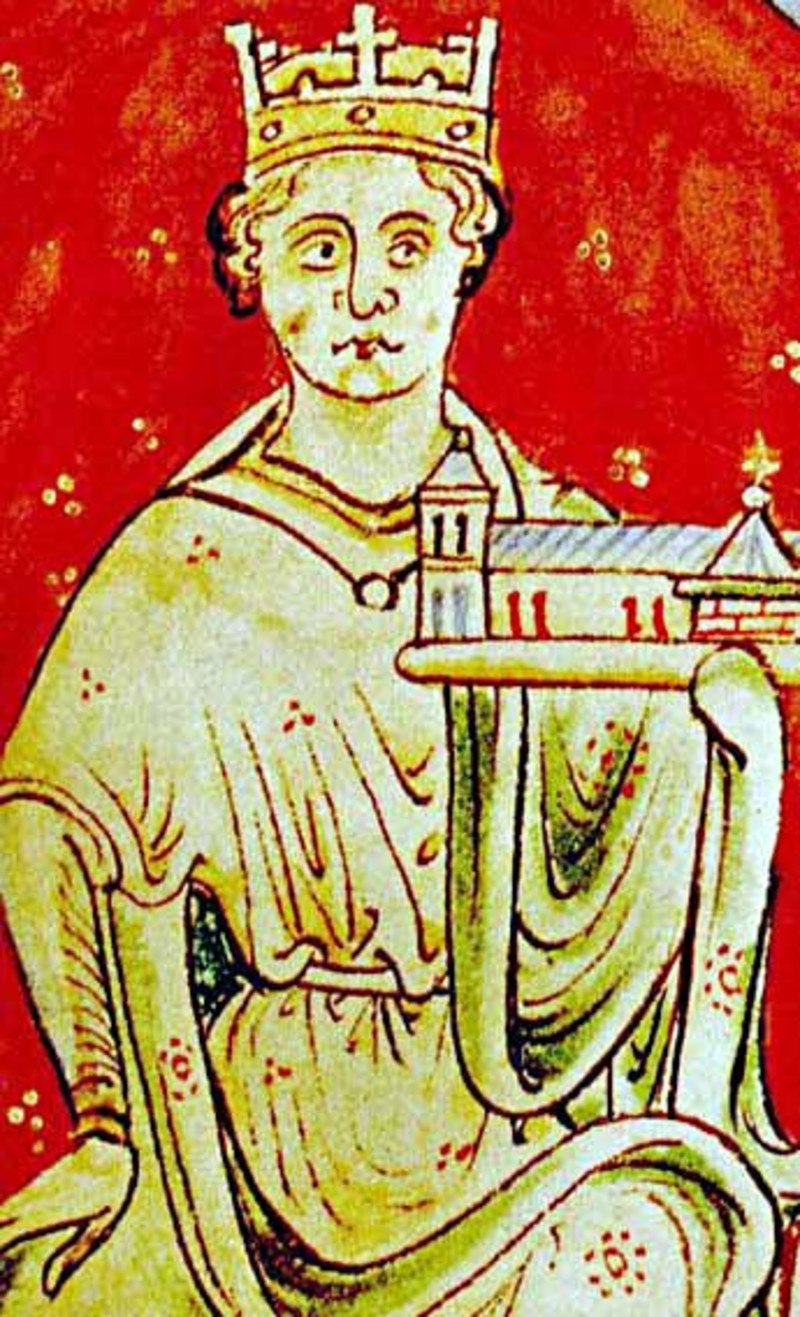
King John of England’s legacy has been lasting, he is the archetypal villainous king. King John’s reign was ridiculously cruel at times, that the man’s downfall led to the enshrining of the basic principle of the modern free world in law. Petti, Petulant, and short tempered, King John’s reign was a blight on England; he was very much a real life Joffrey Baratheon.
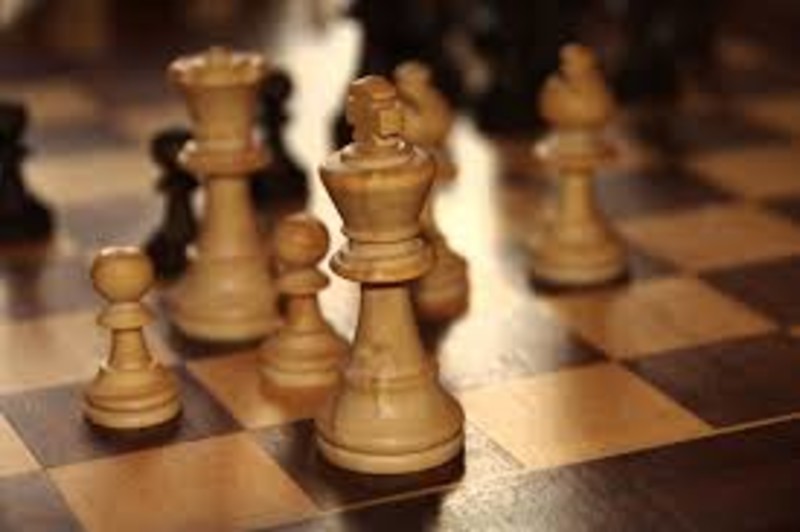
As a child, it is said that he once lost a game of chess to a noble’s son called Fulk Fitzwarin. Being a sore loser, the then Prince John attacked Fulk and tried to have him killed before being restrained. It’s said that John retained his animosity towards Fulk into his reign as king,
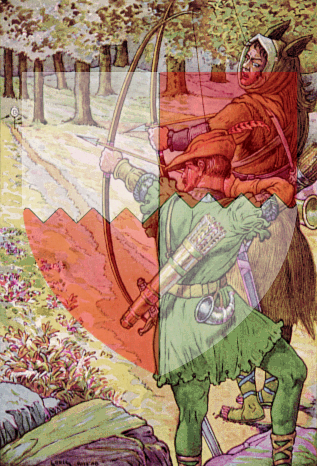
and later stripped Fulk of his castle at Whittington on the Welsh border, as well as the rest of his lands, entirely out of spite. Fulk Fitzwarin is said to have gone into open rebellion against the king at this point and became an outlaw, along with a few of loyal men. The tales of Fulk Fitzwarin are often credited as the inspiration for Robin Hood.

Another one of King Johns’s nasty accolades is habit of kidnapping the wives of nobles he didn’t like and occasionally throwing their families in pits. Even before he was crowned king,
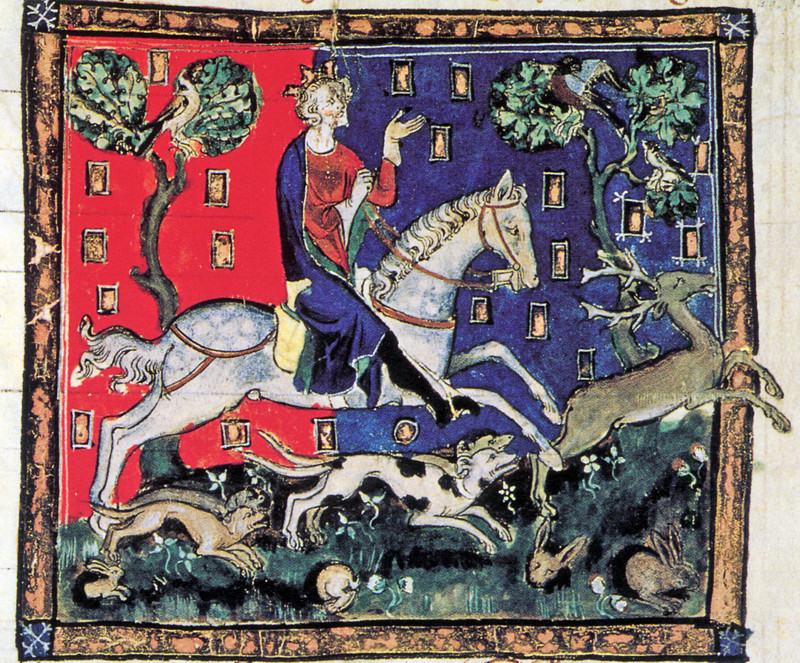
he ruled in his brother’s stead, the heroic Richard the Lionheart, who was off crusading. During this time, John ran the country into debt and lost England’s lands in Normandy to the French. John’s decadent lifestyle and many affairs with the wives of nobles caused him to have a number of disputes with the church led to his excommunication by the Pope. Eventually, the barons of England got so sick and tired of John’s rule,
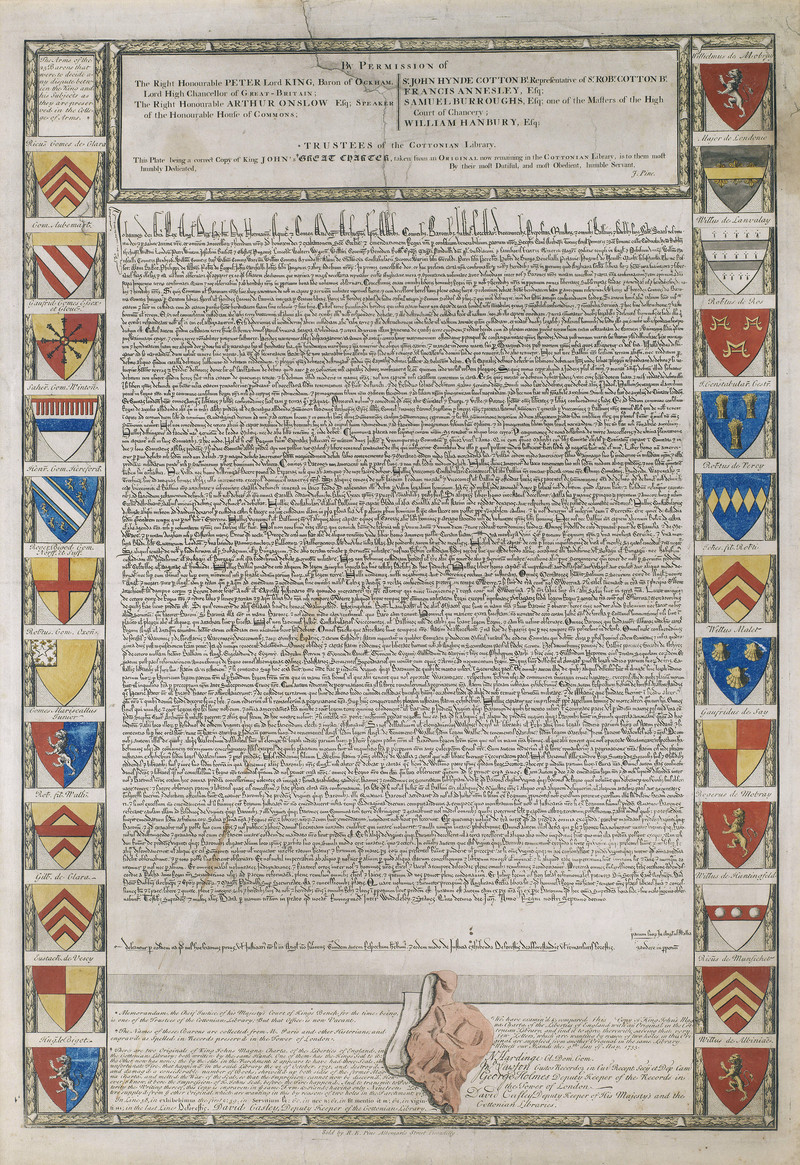
they started a mass rebellion which forced King John to agree to Magna Carter, ‘the Great Charter’, which limited the power of monarchs and guaranteed basic freedoms. John, being the spoiled brat used to getting his own way that he was, tried to later nullify Magna Carta.
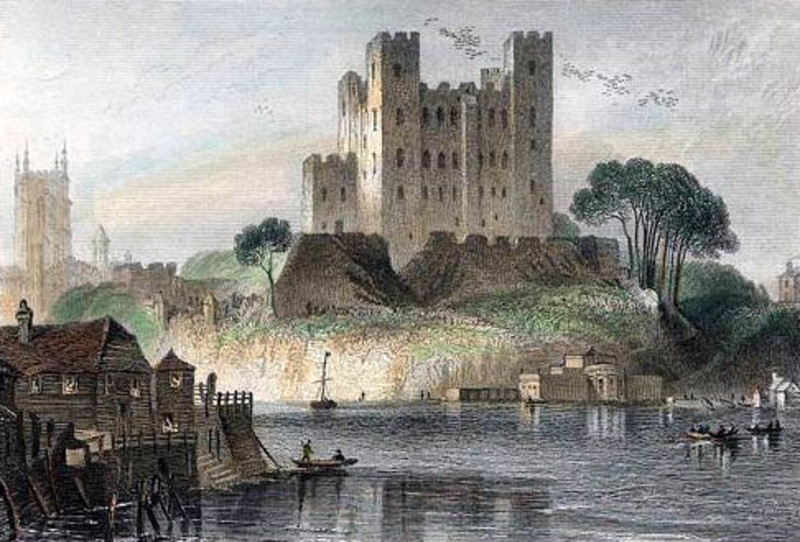
This time, the barons not only rebelled, they went so far as to invite the King of France to replace John. King John tried in vain to stop the rebellion and died of illness while marching between battles, with some accounts suggesting he was poisoned. With John dead,
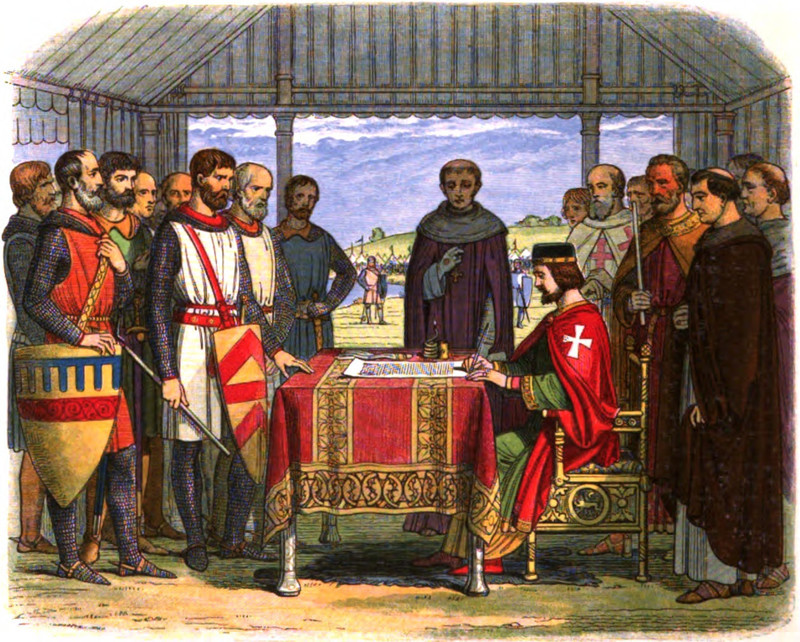
the Barons united behind his you son Henry and drove out the French King who was still expecting to be made King of England. Its because of John’s many cruelties and screw ups, there has never been another King of England called John.
James Jameson
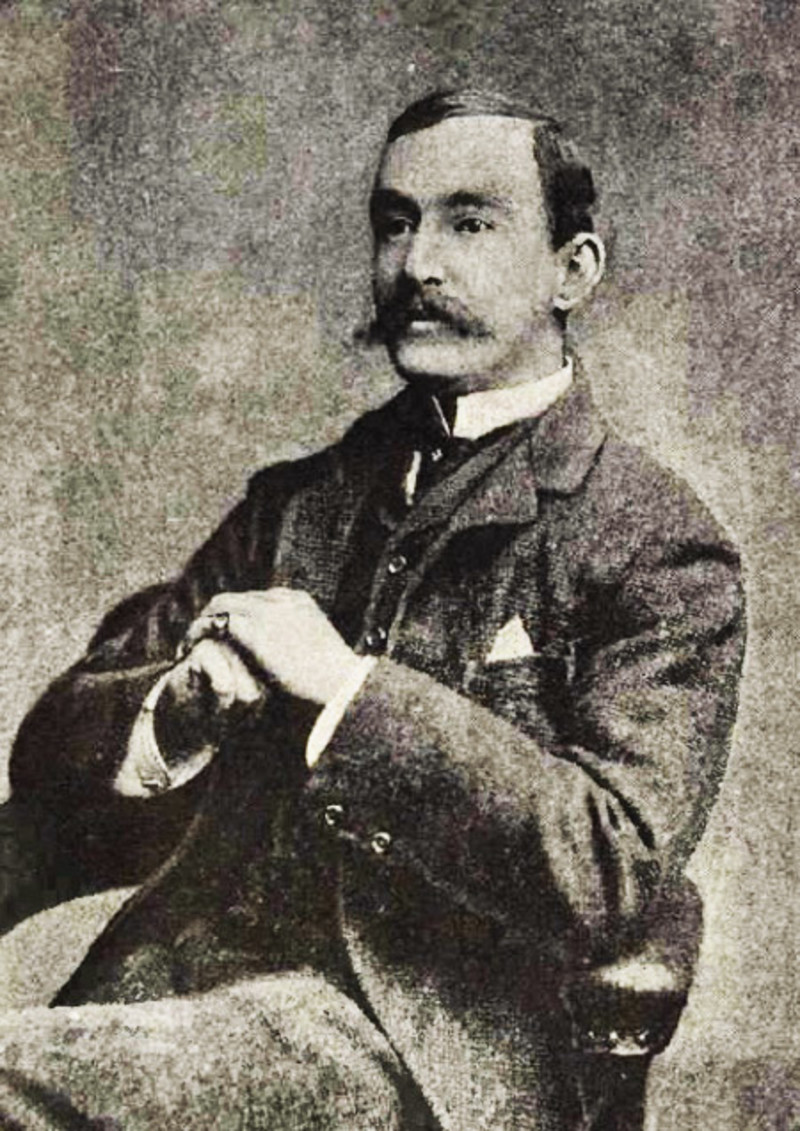
It's been said that if you want to be a villain number one, you ought have chased a superhero on the run. However, surely feeding a little girl to cannibals for the sake of curiosity is a much stronger villain qualification. James Jameson was the young and wealthy heir to an Irish Whisky empire.
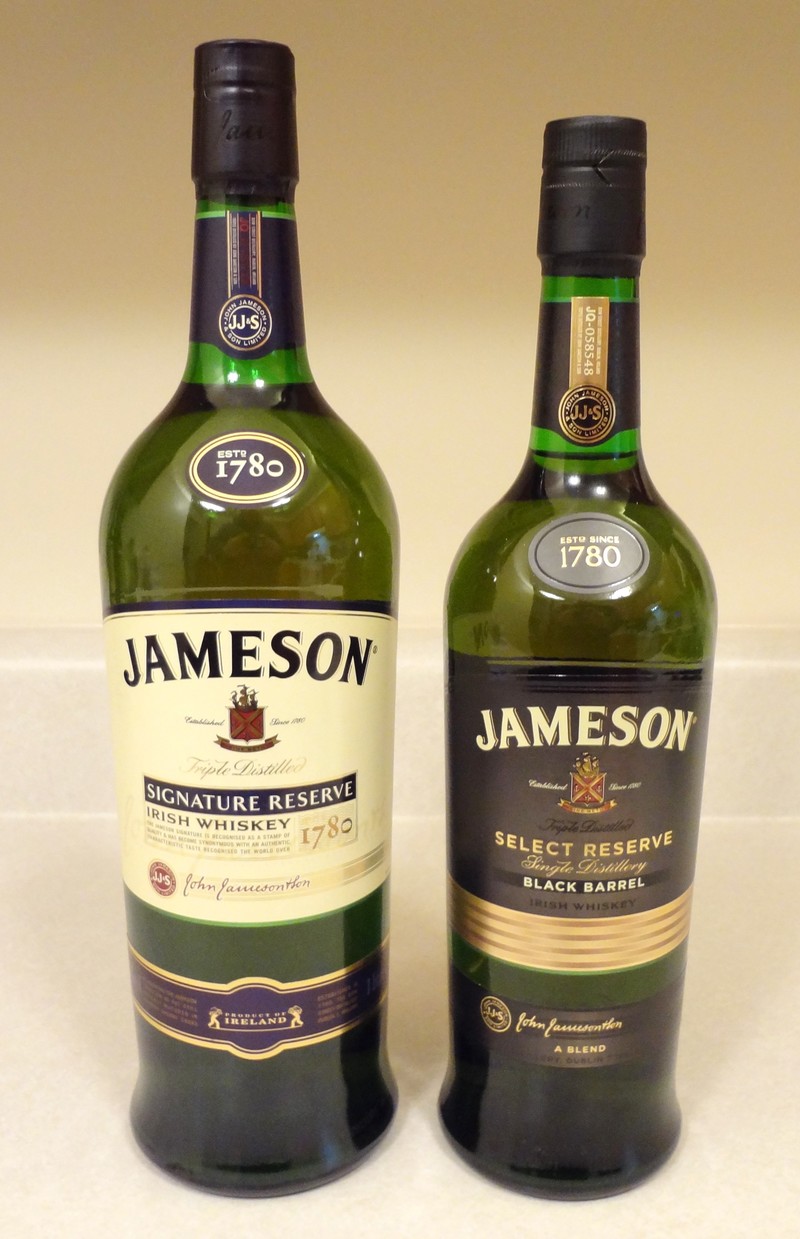
He was the stereotypical spoiled rich kid, he drank the finest teas, enjoyed hunting trips and wasting his money on frivolous things.
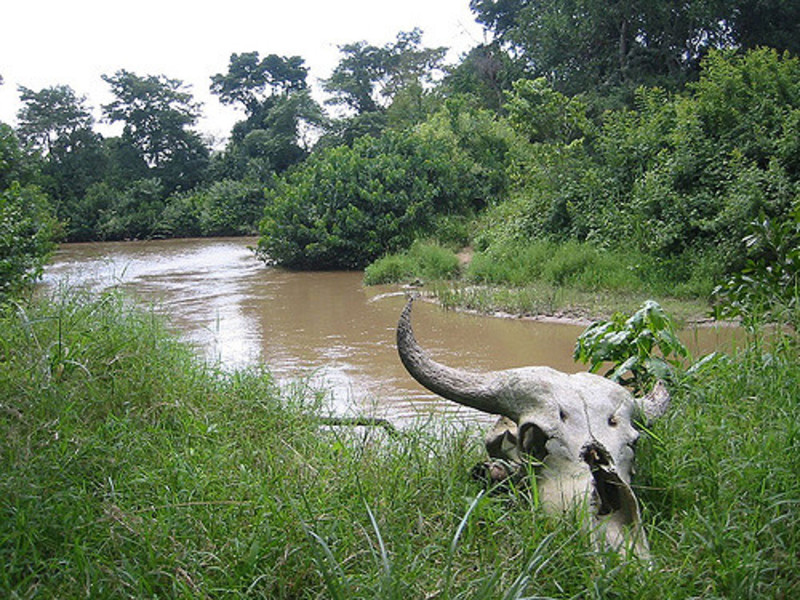
For Jameson, one expense he treated so frivolously was the life of an eleven-year-old girl. In the age when imperialism was at its darkest in Africa, Jameson made like HM. Stanley, and headed to the Congo to get a look at the so-called ‘savage’ natives. One night,
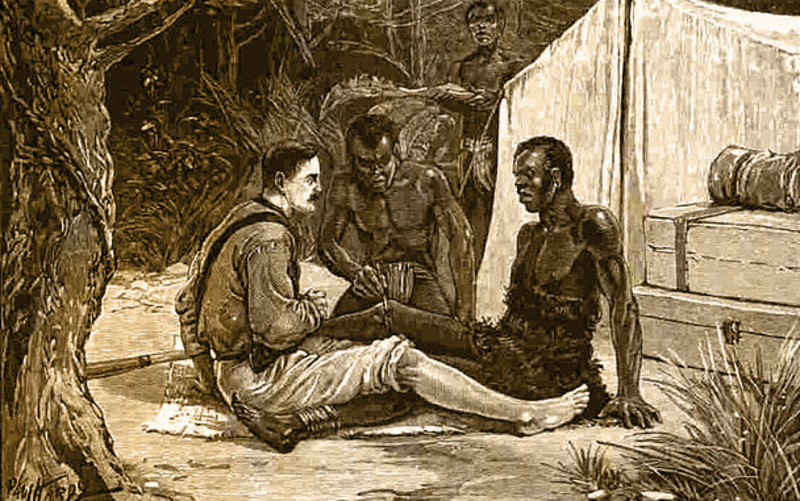
Jameson and his interpreter were discussing cannibalism and was fascinated by the idea of it. The interpreter then consulted the local chiefs about cannibalism on Jameson’s behalf, and agreed to show Jameson what cannibalism was all about. The tribesmen who had agreed to Jameson’s request were however lacking someone to eat,
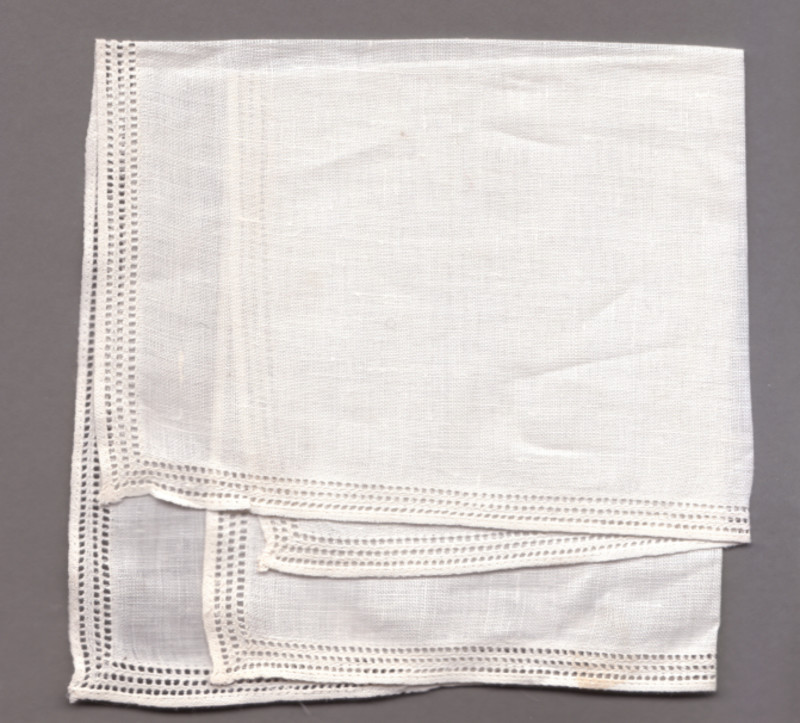
so Jameson made like a classic rich boy and threw money at the problem until he got his way; or rather cloth, not money. Jameson found an eleven-year-old slave girl and bought her for the sum of ‘six handkerchiefs worth of cloth’.
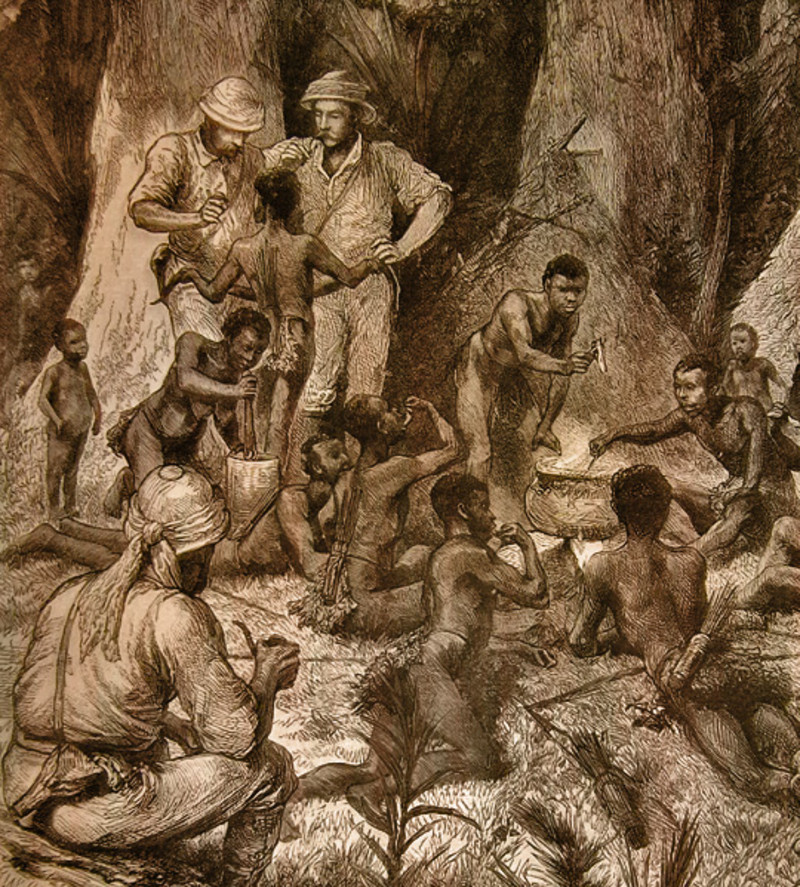
The then handed to the girl over to the cannibals who killed and dismembered her while Jameson watched with his sketchbook in hand. Some accounts claim he was also present as the cannibals cooked and feasted on the remains.
Henry Morton Stanley

The life of journalist is not one synonymous with villainy; unless of course you count phone hacking and breaking codes of ethics for the sake of a little extra money from time to time. The occasional sketchy practices of a few of today’s journalist ain’t got nothing on the despicable actions of Henry Morton Stanley though.
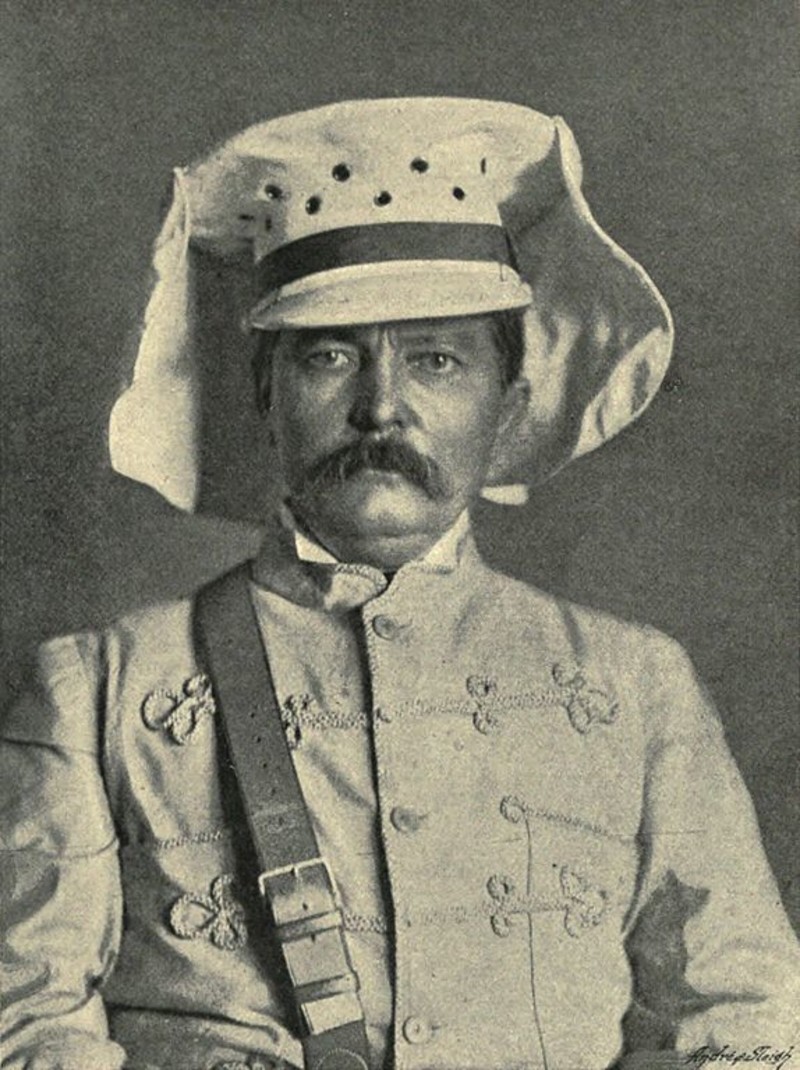
Hows about the violent and cruel oppression of the people of The Congo for sketchy journalist practices? Henry Morton Stanley made a name for himself when he went on an expedition into Africa to find the explorer and missionary Doctor Livingstone, who had been missing in Central Africa for 6 years.
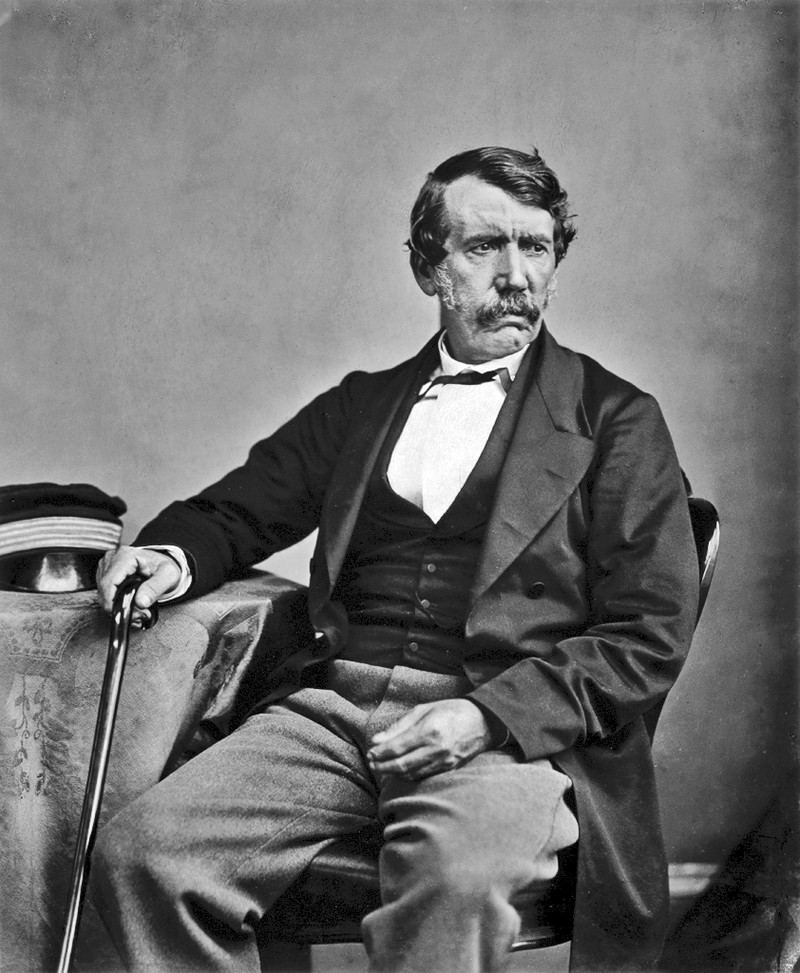
Stanley was successful in this quest and is quoted with the immortal line, ‘Doctor Livingstone, I presume?’, upon finding the Doctor. Because of the success of this quest, he earned a reputation as being a bit of an expert on Africa
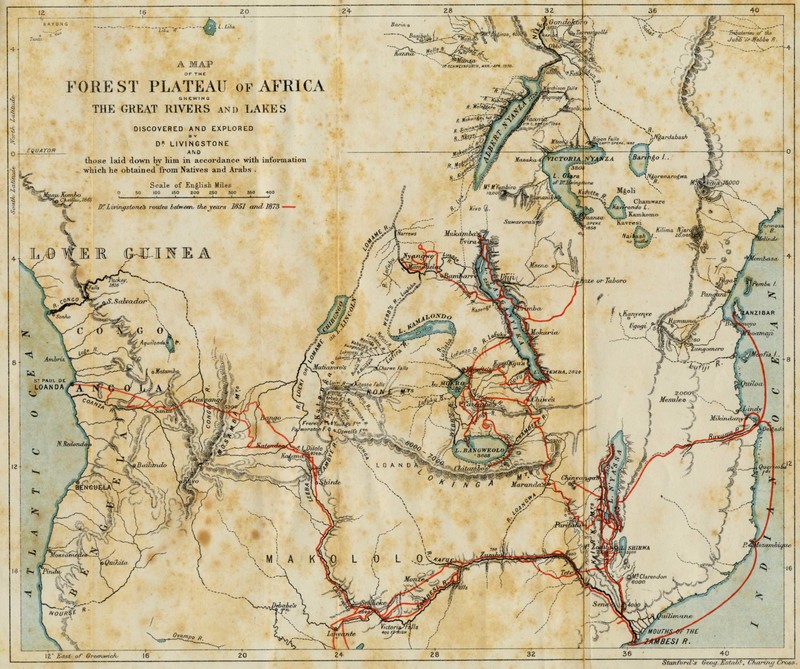
and and was sent back by the Daily Telegraph to map the regions around the Congo River and the Central African Lakes. His career in journalism was seeing him become the premier explorer of Africa, so it was not long before he was approached
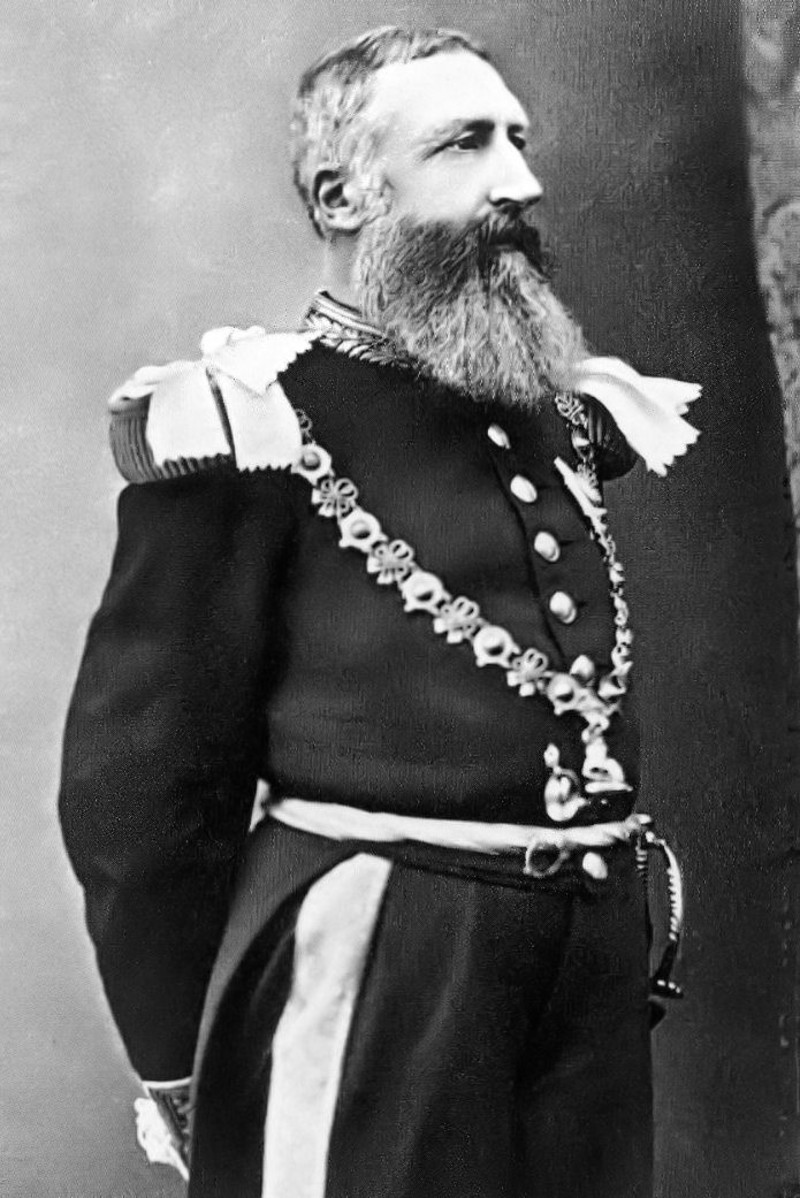
by King Leopold II of Belgium to help him out with what amounted to a real life conspiracy of terrible cruelty. The Belgian King had organised a private holding company in The Congo that was disguised as a philanthropic and scientific organisation.
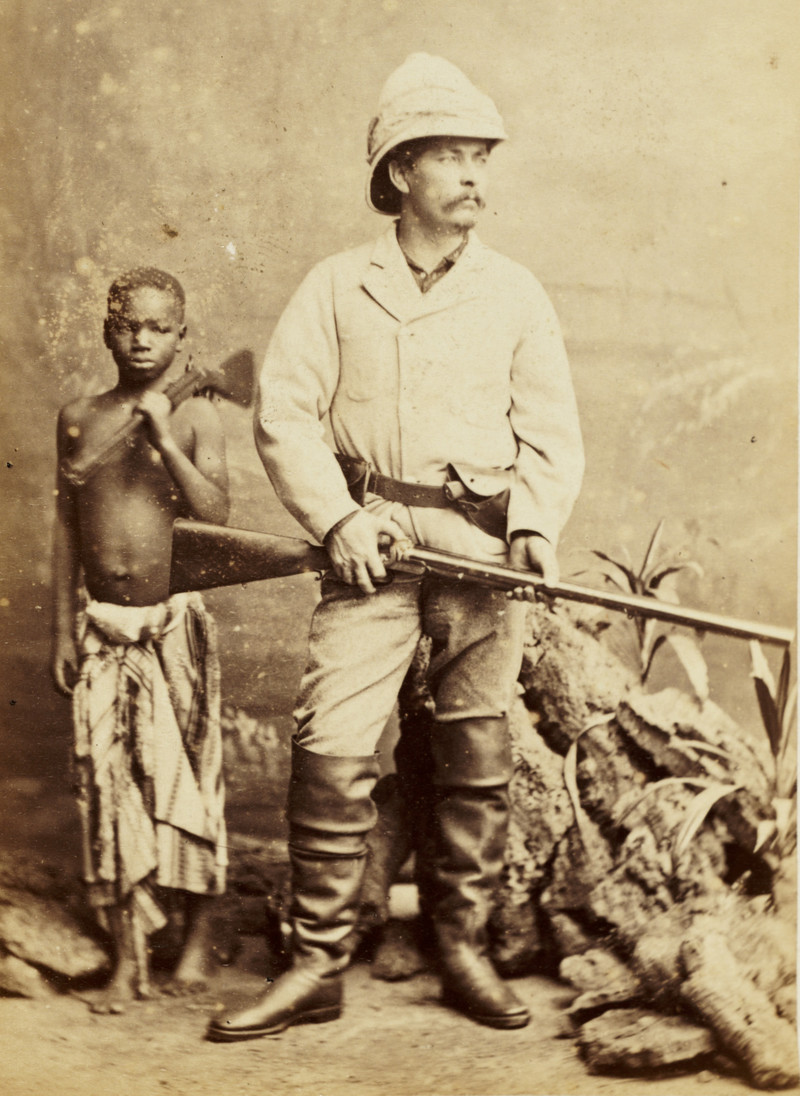
Stanley oversaw the rule of the Congo for the King, which included exploiting the land for ivory, and, notably, rubber. The rule used forced labour and some estimates put the number of Congolese dead at 15 million. Stanley was very much personally involved,
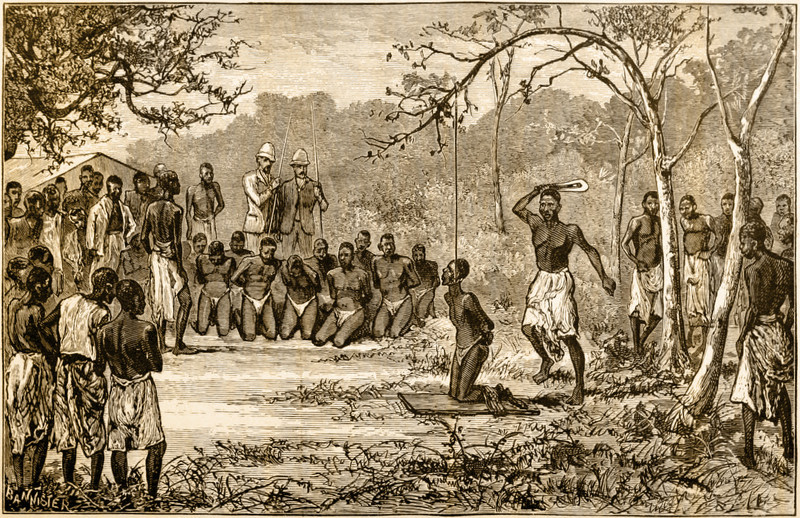
being accused, by an associate, of ‘shooting negroes as if they were monkeys’ and murdering at least a dozen pygmy people, including children, who had been caught stealing vegetables.
Phalaris of Acragas
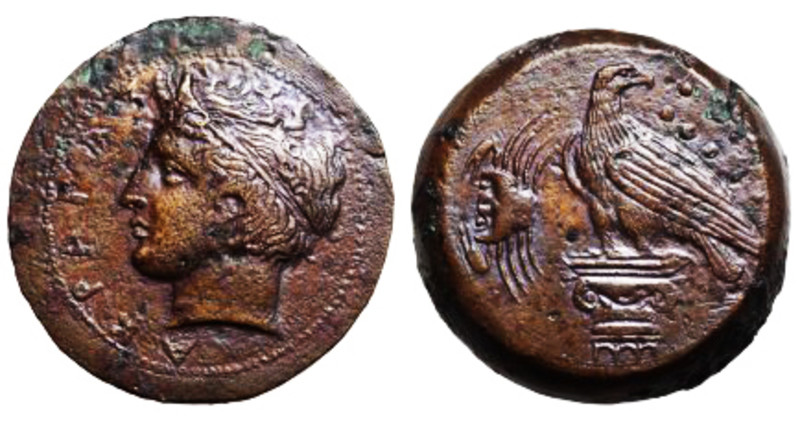
Phalaris of Acragas is noted has having been the rather effective ruler of the city state of Acragas, in what is now Agrigento in Sicily. Ruling from 570 to 554 BC.
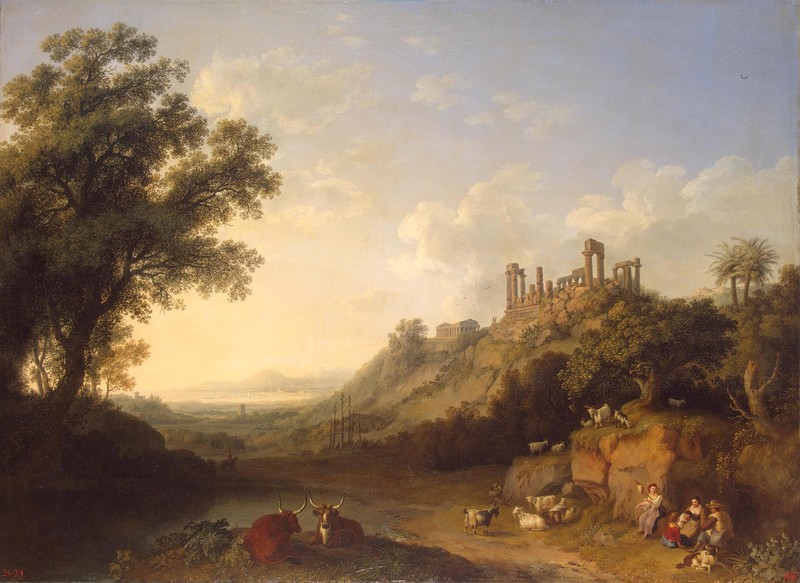
He built fine temples for the city, improved the water supply even oversaw the construction of the city’s magnificent walls, bringing prosperity to the city. His efficiency quickly became tyranny however, and eventually turned sadistic and cruel.
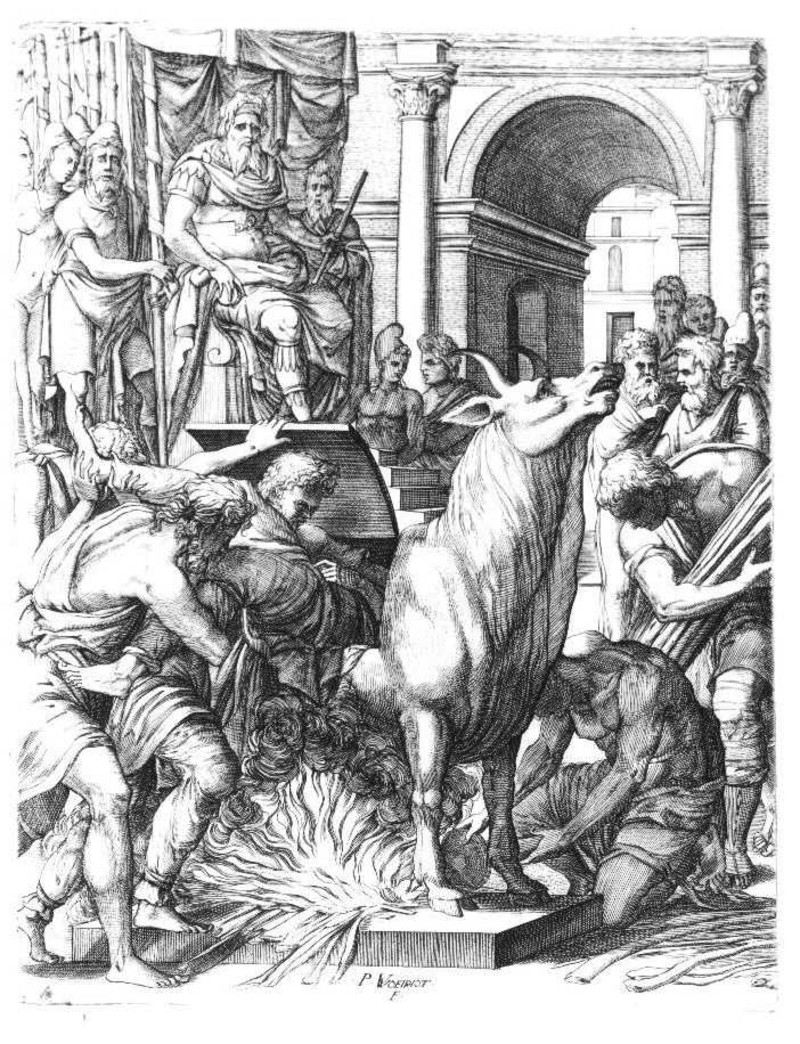
Phalaris had a habit of executing a lot of people and his preferred method of doing so was the stuff of nightmares. An Athenian artist by the name of Perillos devised for Phalaris an execution device called the Brazen Bull. What might otherwise appear as a bronze bull statue was actually a means of cruel death. The idea was that the victim would be locked up in a chamber in the body of bull and a fire would be lit beneath the bull.
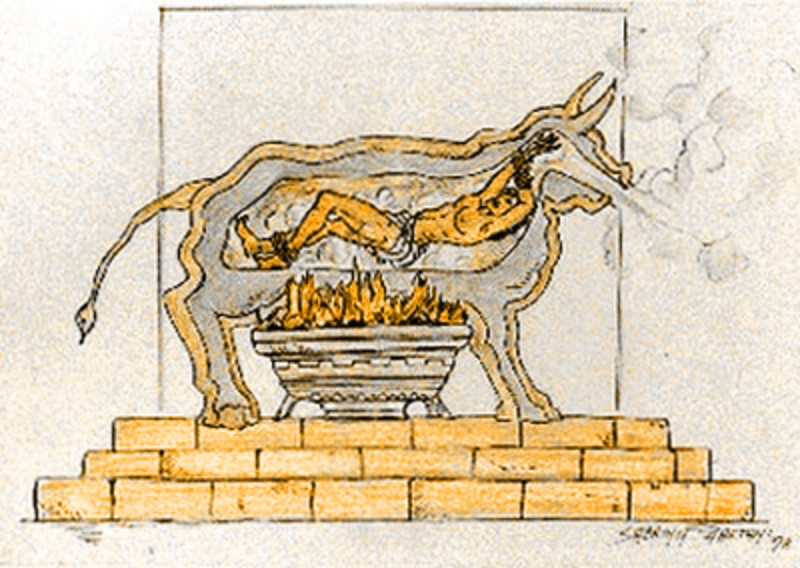
The bull would slowly heat up, gradually roasting the unfortunate soul trapped inside with unbearable heat. To add to this horror show, an acoustic tube was linked up between the roasting chamber and the bull’s mouth. This meant that the screams of the victim would come out the bull’s mouth like a deep, hellish mooing. Phalaris, keen to seen his dreadful toy in action, promptly had Perillos thrown inside. It worked as advertised and Phalaris had Perillos removed from the bull before he died;
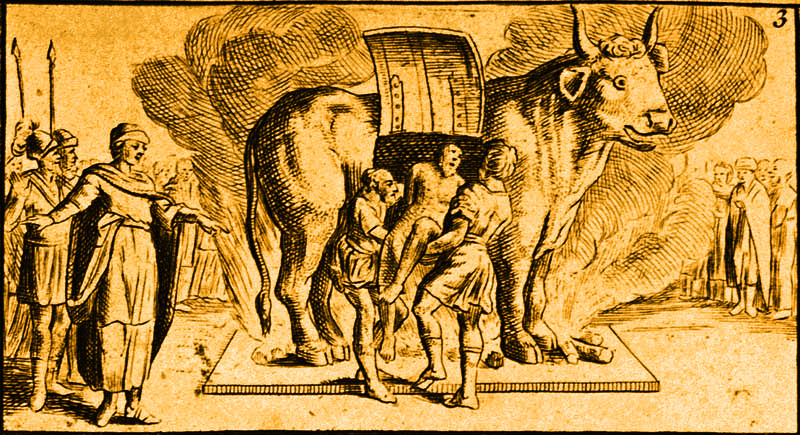
only to then have him thrown off a cliff. For the remainder of his reign thereafter, Phalaris would continue to have many executed by this tortuous means until he was eventually overthrown. Karma bit back at Phalaris hard, and he was too was thrown inside the bull and roasted upon being deposed. Its also worth noting that Phalaris was accused of eating babies; just incase you weren’t already sold on him being a villain.
Pope Innocent VIII
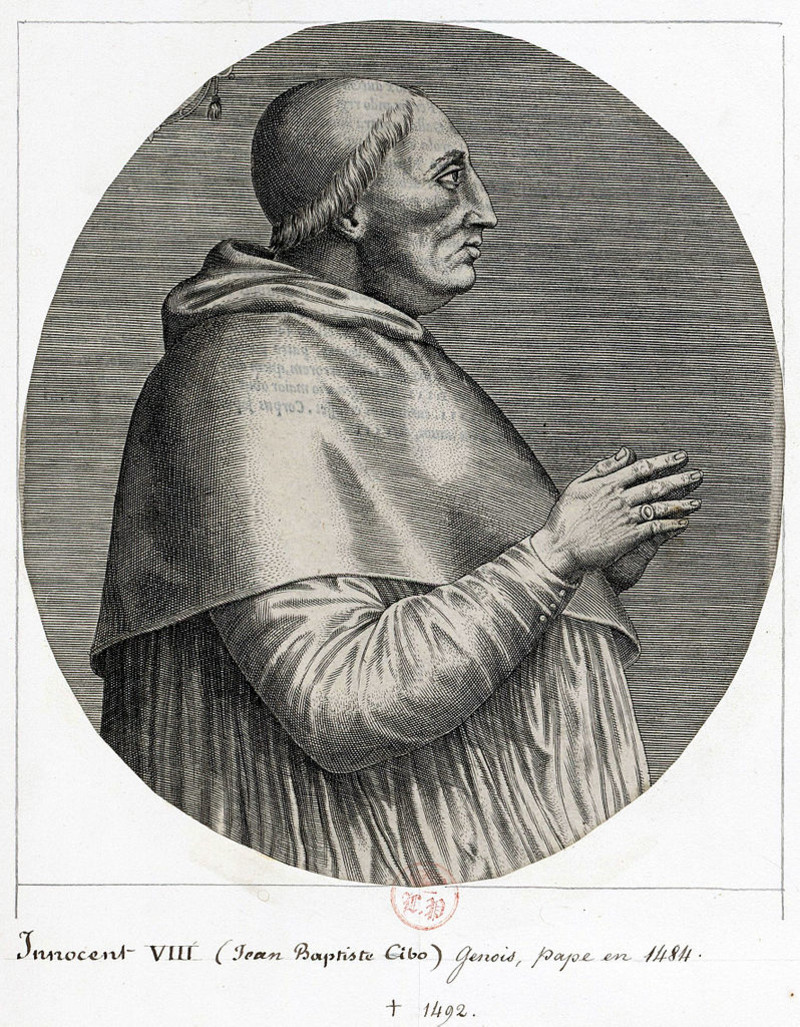
A pope on a list of historic villains? How is this possible, surely being a good person is a prerequisite to becoming a pope? History has actually has few popes of questionable benevolence, and Pope Innocent VII is one who really didn’t live up to his name; at least legend has it that he didn’t.
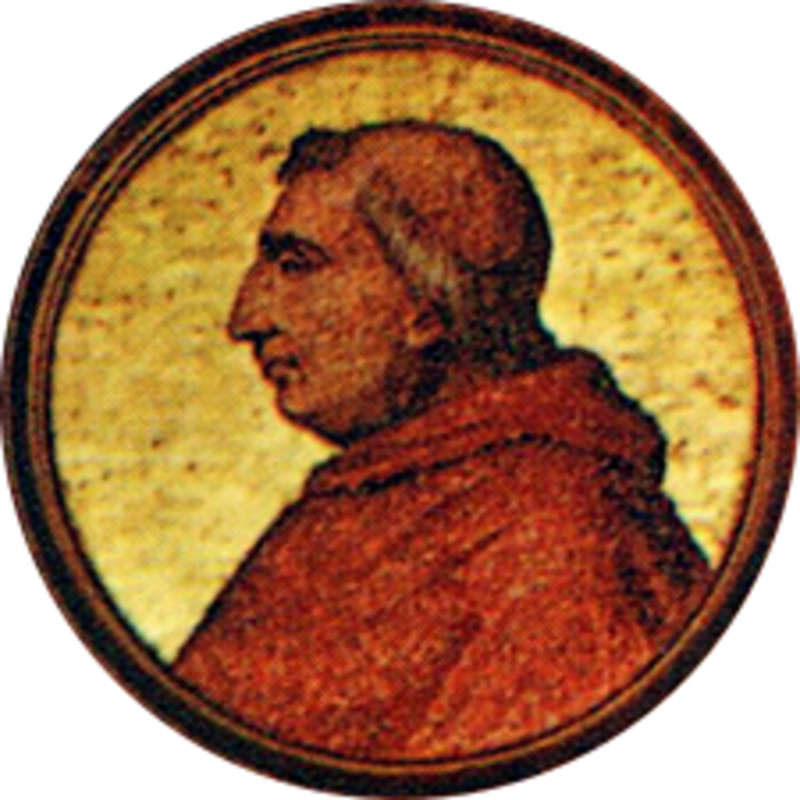
Pope Innocent VII was famous for his condemnations of witchcraft and roused inquisitions against it, but for someone so against all things witchcraft, Innocent is accused of an act of despicable villainy straight out a Brothers Grimm fairy tale; drinking the blood of children.
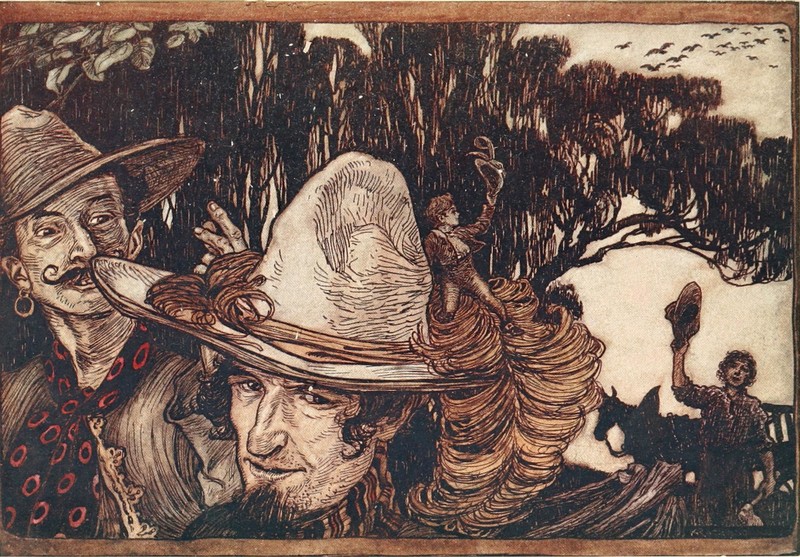
As Innocently became old and his health started to fail, he found himself running a high fever and drifting in and out of comas. Doctors, seeing how ill the pope was, rallied to heal Innocent, but the cure they came up with was the blood of children.

Doctors brought three ten-year-old boys to the Vatican and drew so much blood from them that all three of them died. The Doctors carried on regardless and made the pope a draught of the children’s blood for him to drink, which he did. Of course, the blood of dead children didn’t do anything to help Pope Innocent,

and he died several days later. Okay, perhaps this isn’t really enough to damn Pope Innocent VIII as a villain of history unless it somehow turned him into an evil vampire pope, but a pop so concerned with witchcraft probably should have known better than to bring the blood of children. The act alone is pretty horrific.
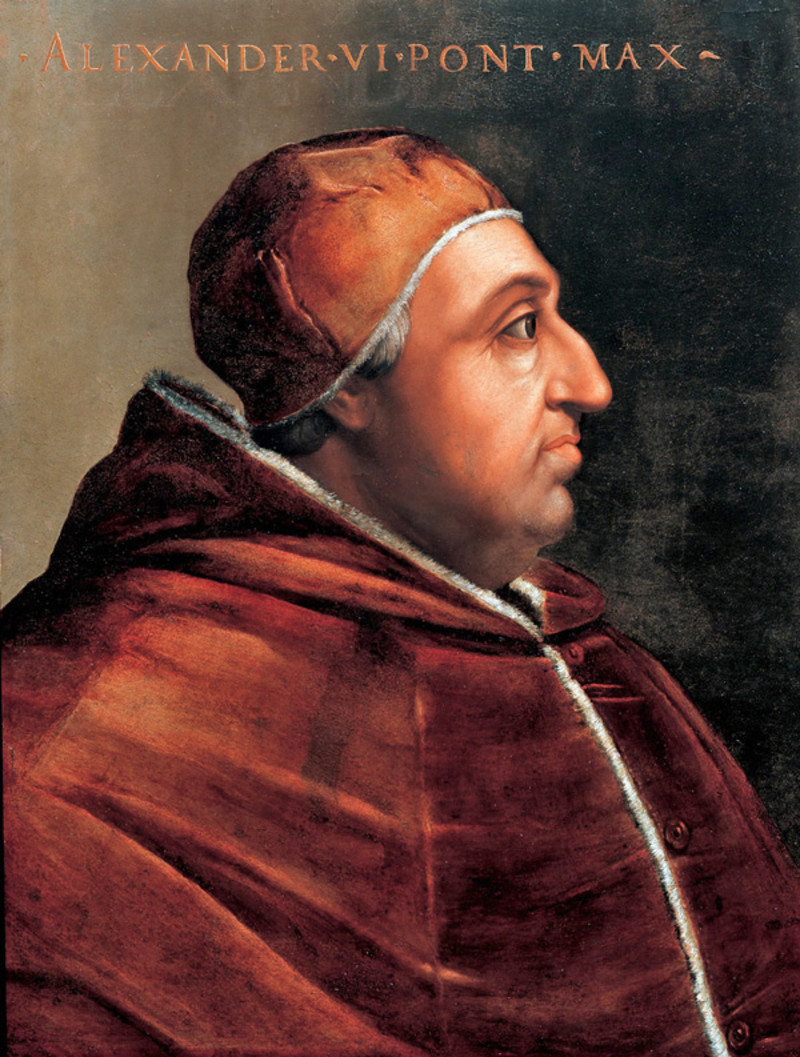
Perhaps a pope like Pope Alexander VI is more worthy of the title ‘villain’, being a member of the controlling mafia like Borgia family and whose son apparently made prostitutes fight over chestnuts in the papal palace.
Ivan the Terrible

With this Russian Tsar, the clue is in the name. Just how villainous Ivan really is a debate probably best left to historians and ethicists, but it remains that Ivan did commit some pretty terrible things during his reign over Russia.
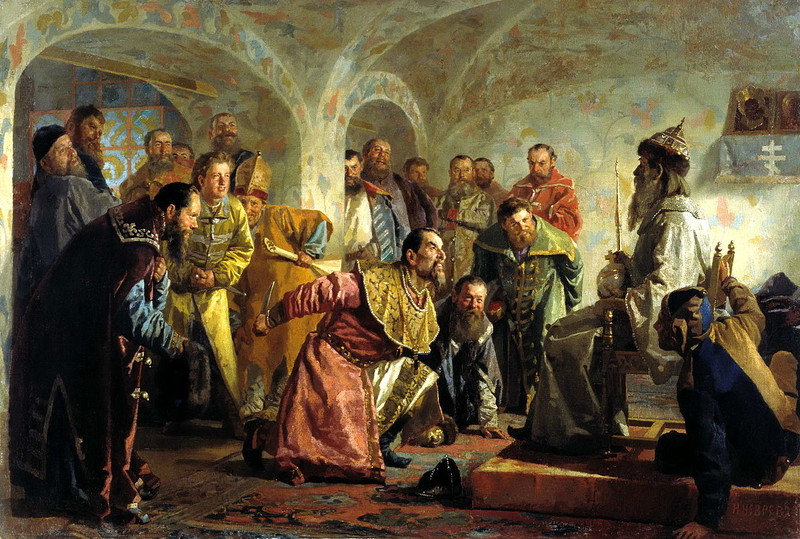
The declaration of the ‘Oprichnina’, or absolute monarchy, and the creation of his ‘Oprichniki’, his personal guard and enforcers, brought about some harsh times for the Russian people. The Oprichniki were granted large amounts of land, which was often simply taken from the Russian peasantry,
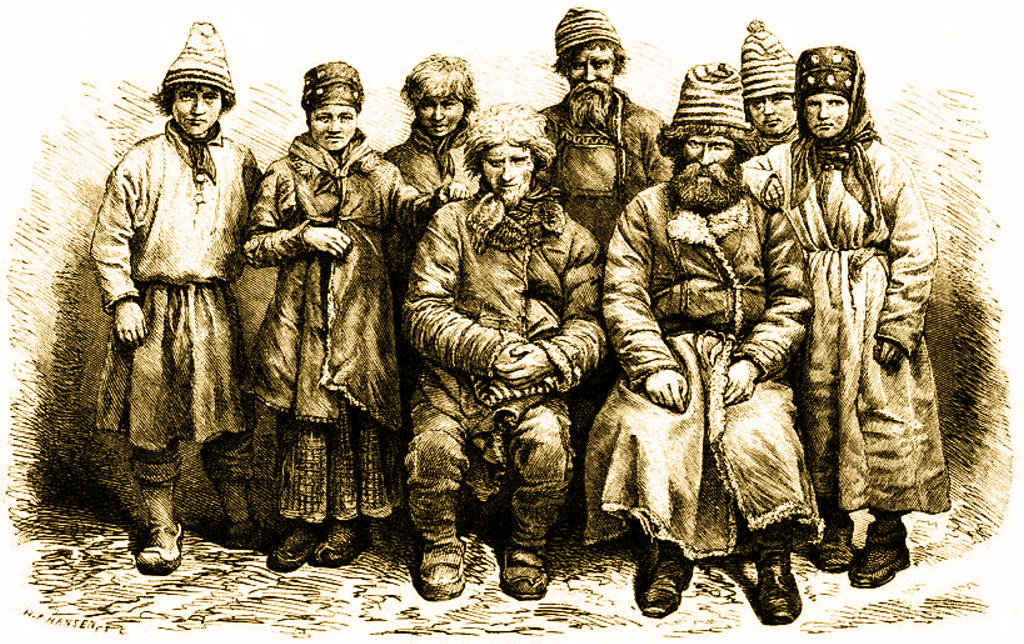
making the Oprichniki the new landlords. Rents under their control went so high that tenants were forced to pay in one year what they would have otherwise paid in ten. This caused many peasants to flee, causing grain shortages which screwed up the Russian economy.
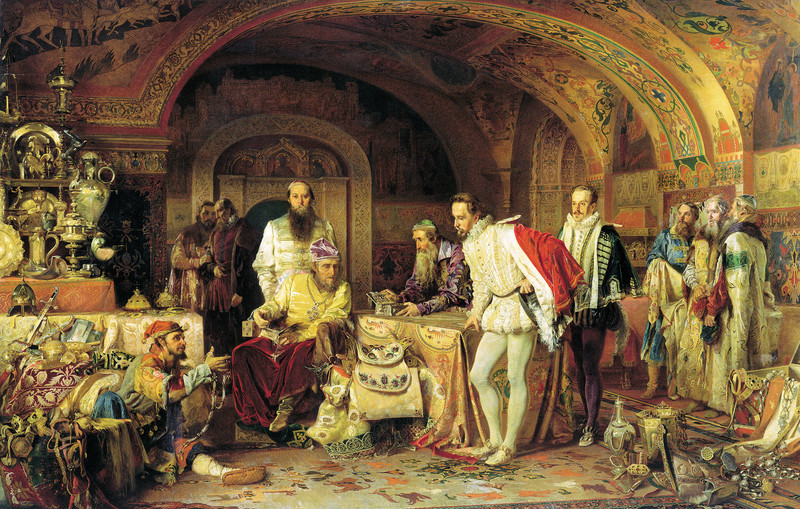
The nobles were not safe from Ivan’s reign either, they were in fact the main targets of his Oprichniki. Many nobles were executed or exiled on Ivan’s orders. Ivan had reasons though for his hatred of the noble clans, he blamed them for poisoning his wife,
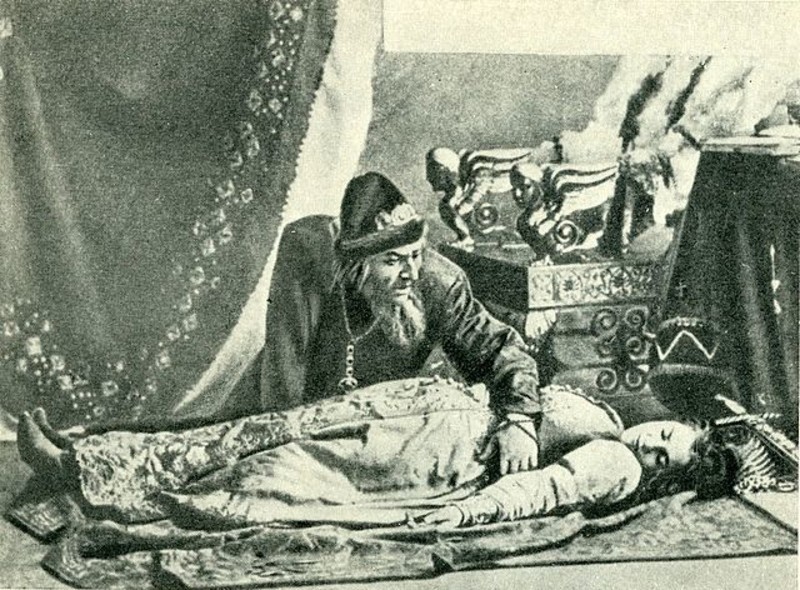
Anastasia Romanova, and had not been mentally stable ever since. The defection of one of his key advisors, Andrei Kurbsky, to the Polish-Lithuanian Commonwealth caused Ivan further emotional trauma and increased his distrust of the Russian nobles. It also didn’t help that the nobles had tried to use Ivan when he was young,
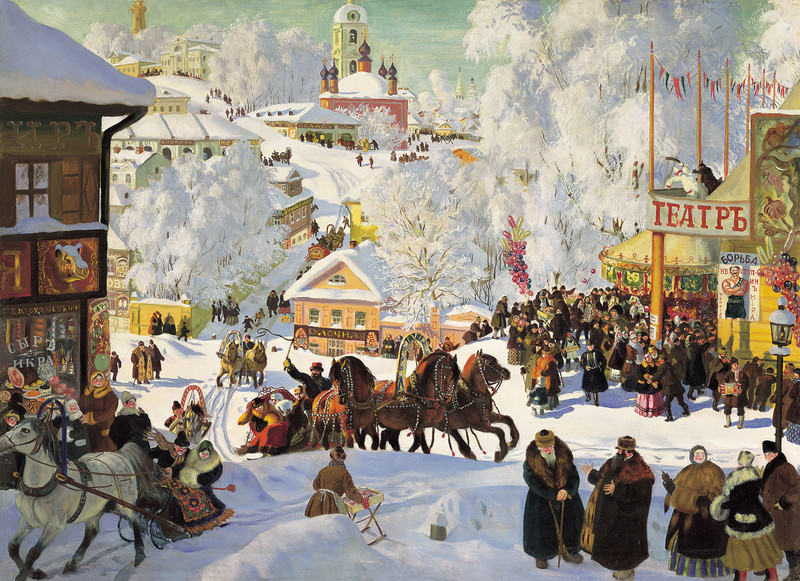
o he really did have a vendetta against them, but his massacre of the people of Veliky Novgorod 1570 was an act of dire cruelty. Paranoid that the people of Novgorod would defect to the Polish-Lithuanian Commonwealth, in the same way Andrei Kurbsky had before, Ivan sent the Oprichniki to the town. They killed everyone they could and even butchered those taking shelter in the church.
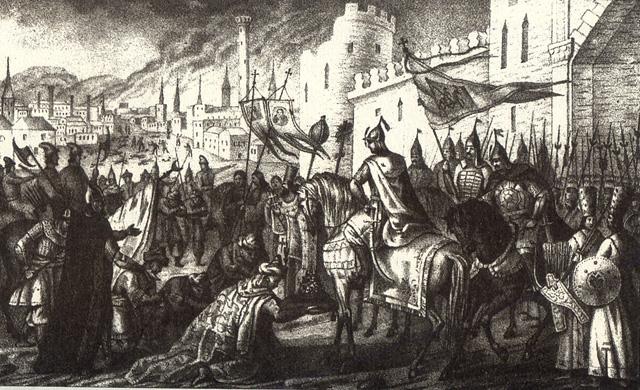
Modern estimates put the death toll around 12,000. It is worth pointing out that in Russian, Ivan is known instead as ‘Ivan the Fearsome’ or ‘Formidable’. His reign did see the growth of the Russian Empire southward and in Russia, his legacy is much more than that of a straight up villain.
Griselda Blanco
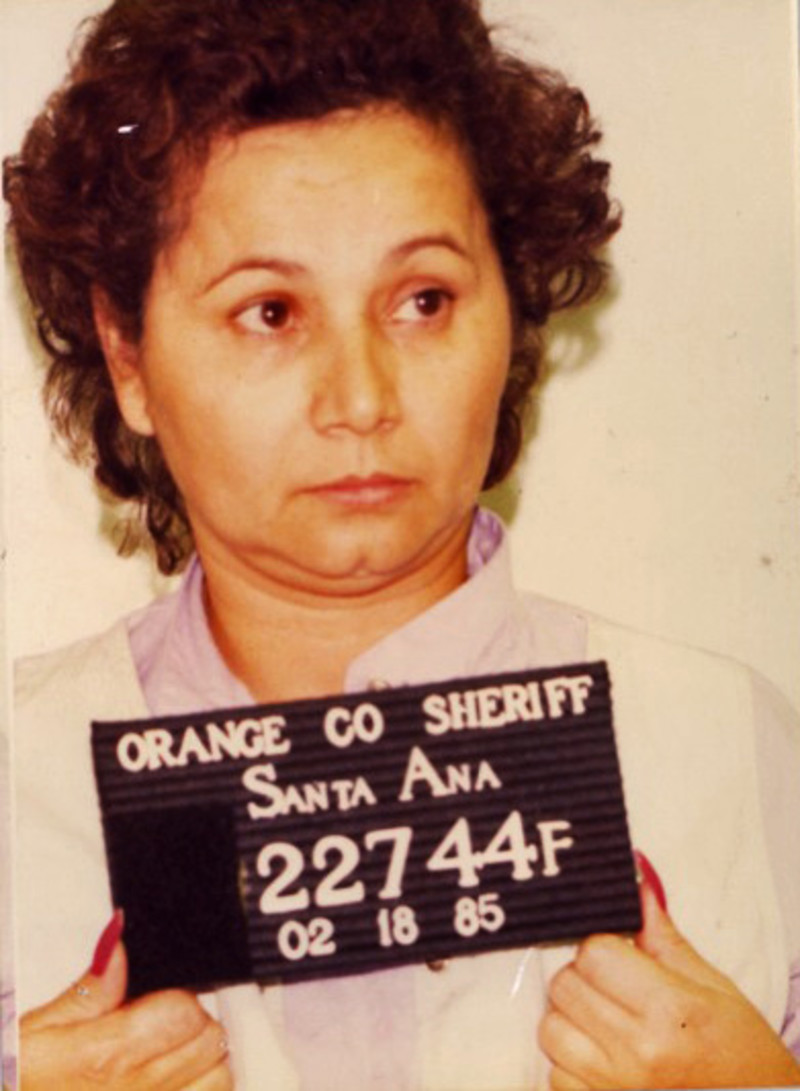
Ingenious as she was ruthless, Griselda Blanco was the Colombian drug lord you’ve probably never heard of. Her life of crime started early at age 11, when she aimed high and had a go a kidnapping. The tale goes that she kidnapped an infant child from a wealthy family from a well-off neighbourhood near her own.
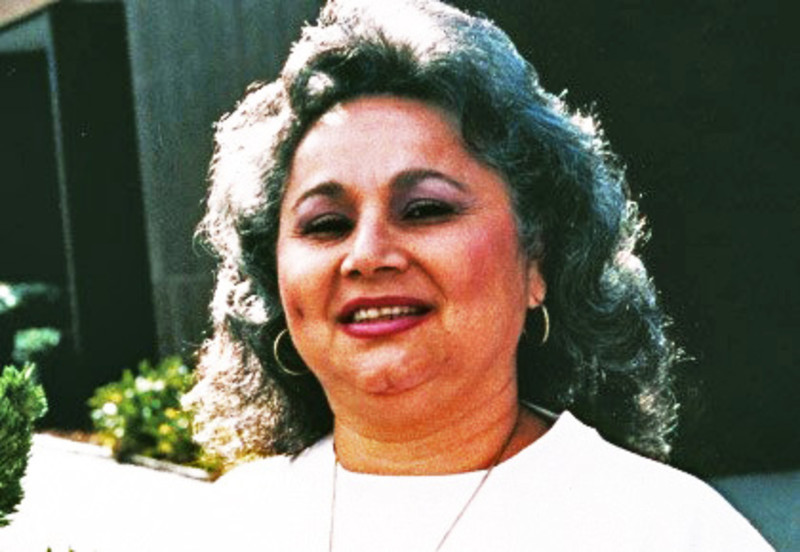
When the family couldn’t pay the ransom, she proved she meant business, and shot dead the hostage child. At age 13, she became a pickpocket and was looter in Medellin until age 20. Her criminal career takes a step up when she gets involved with the Medellin Drug Cartel,
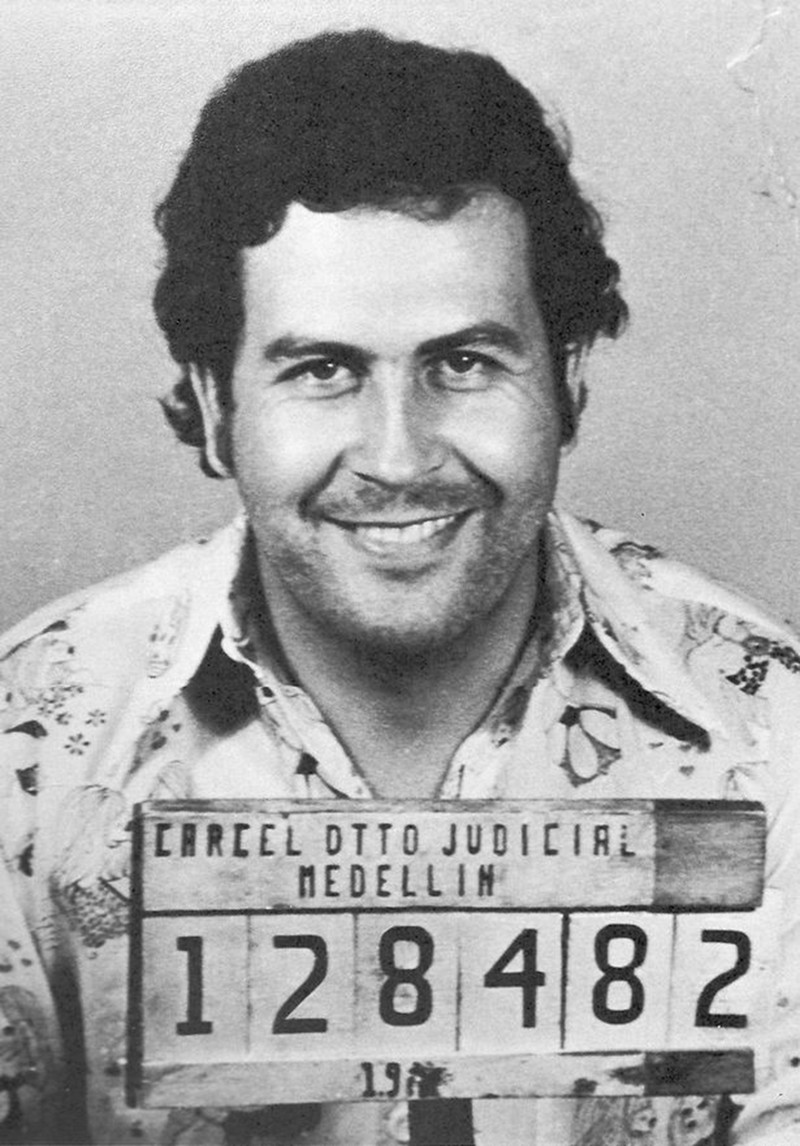
which you might know as the cartel Pablo Escobar was involved with. Her drug career started, with what otherwise might have sounded like a poor girl taking an entrepreneurial step out of poverty,
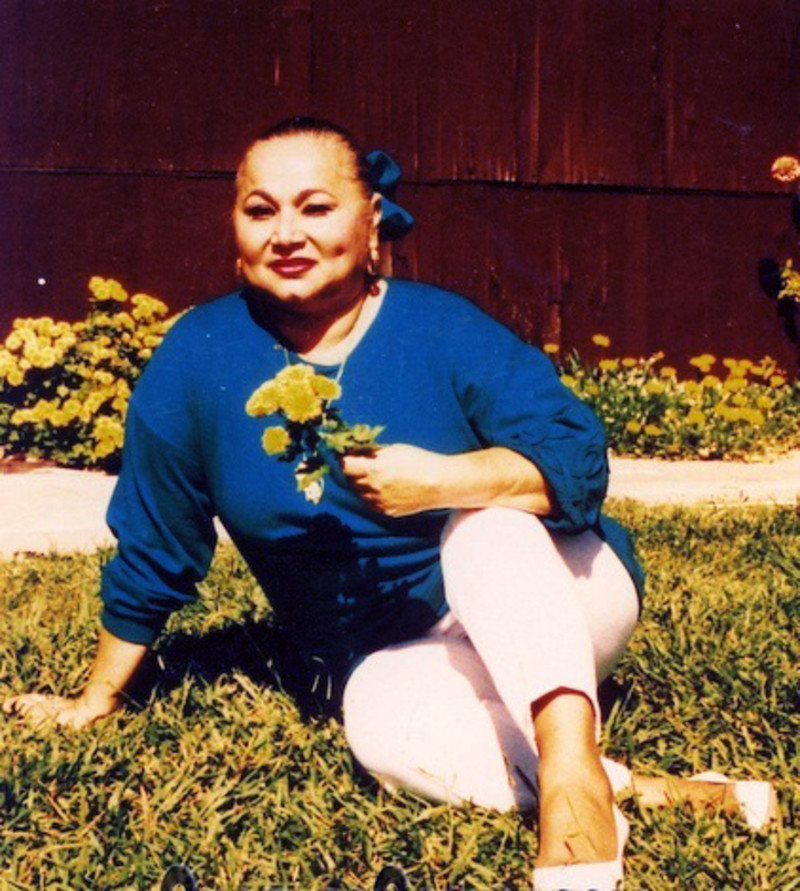
when she opened a lingerie store. Her trick was manufacturing lingerie with special compartments that could hold the drugs; this meant she had given the cartel a number of sexified smugglers who could move cocaine undetected in their unmentionables. Her move to Miami in the 80s saw her become a queen of crime,
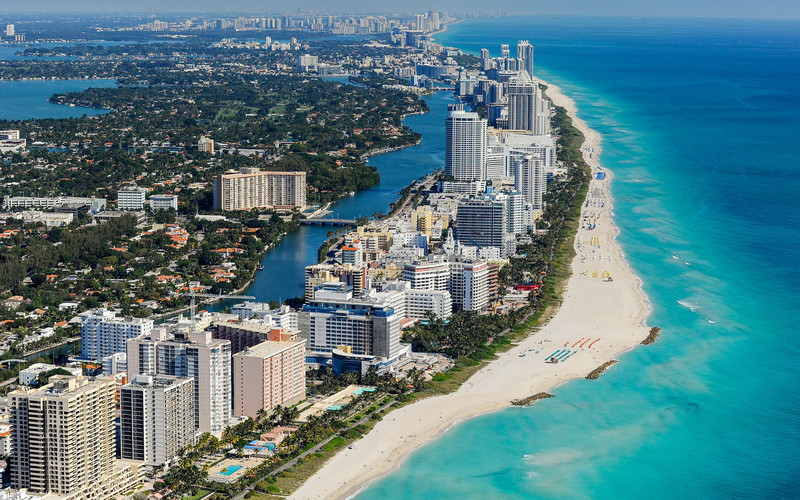
and ruled with an iron fist over the criminal underworld. US law enforcement blame Blanco as one of the primary reasons Miami became the cocaine capital of the world.

Accounts vary, but she is responsible for somewhere between 40 and 250 assassinations and she is credited with the invention of the motorcycle assassination.
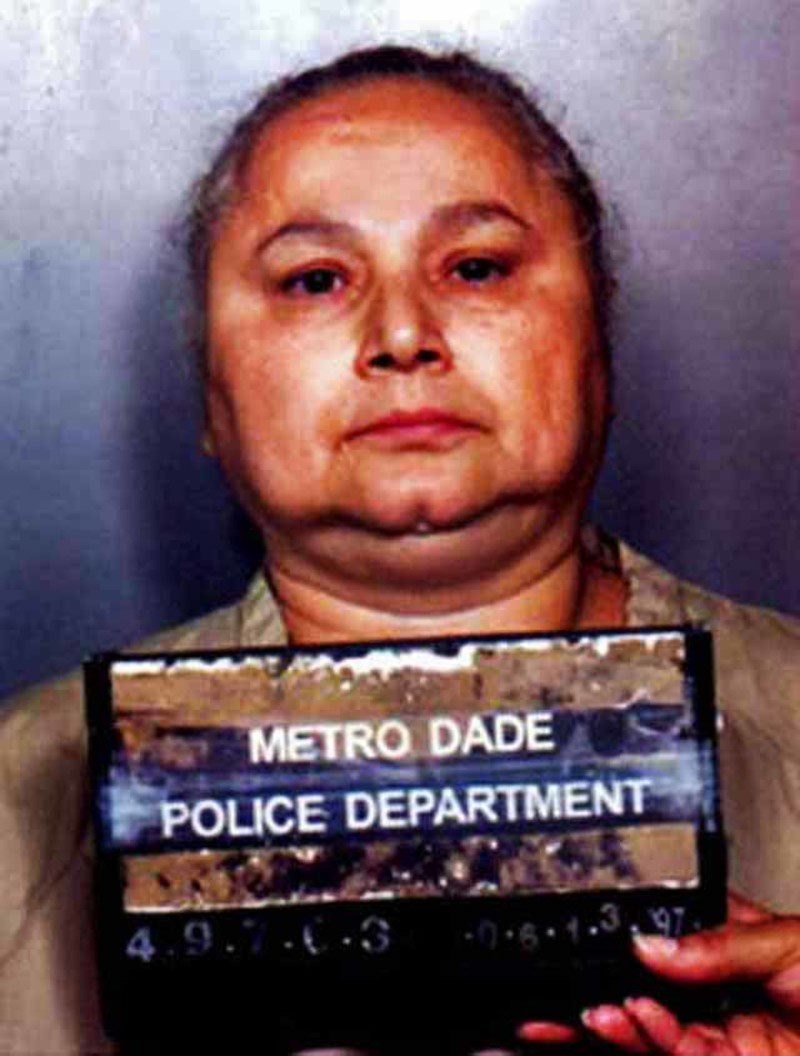
Eventually, she was arrested, but only convicted of 3 murders, but got a lighter sentence than expected due to a phone sex scandal involving key witnesses. When she eventually got out of prison, she was gunned down, perhaps ironically, by a motorcycle riding assassin.




